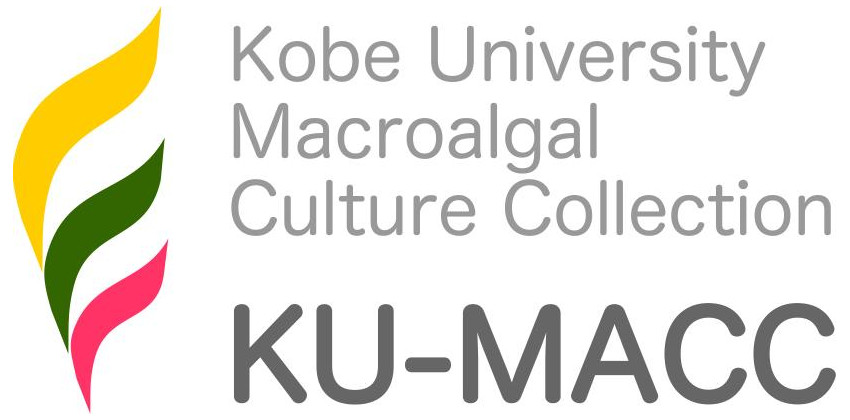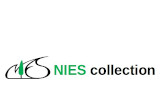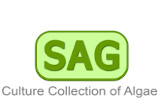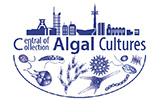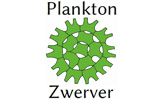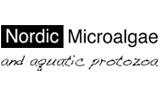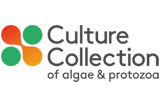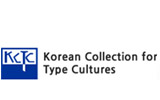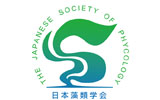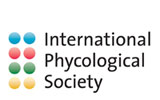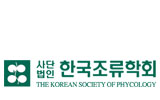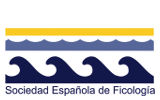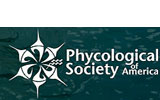Didymosphenia geminata (Lyngbye) Mart.Schmidt 1899
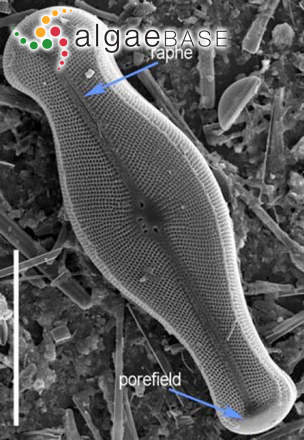
Current name:
Didymosphenia geminata (Lyngbye) Mart.Schmidt
Scanning electron micrograph of the silica cell wall. The raphe is composed of the two slits that run along the apical axis of the cell. The cell secretes mucopolysaccarides through the raphe .Public domain
Publication Details
Didymosphenia geminata (Lyngbye) Mart.Schmidt 1899: pl. 214: figs 7-10
Published in: Schmidt, A.[W.F.] (1899). Atlas der Diatomaceen-kunde. Series V: Heft 54 . pp. pls 213-216 [M. Schmidt]. Leipzig: O.R. Reisland .
Type Species
This is the type species (holotype) of the genus Didymosphenia.
Status of Name
This name is of an entity that is currently accepted taxonomically.
Basionym
Echinella geminata Lyngbye
Type Information
in ins. Faer. ad saxa rivulorum subalpest. prope Argehospital et rupem Skielling [Faroe Islands]; (Lyngbye 1819: 219)
General Environment
This is a freshwater species.
Created: 11 April 2002 by M.D. Guiry.
Last updated: 29 January 2024
Verification of Data
Users are responsible for verifying the accuracy of information before use, as noted on the website Content page.
Nomenclatural note
Seemingly originally first introduced without a description, but validated by analytical figures (see Art. 38.7 "For the purpose of Art. 38.5, prior to 1 January 1908, an illustration with analysis (see Art. 38.9 and 38.10) is acceptable in place of a written description or diagnosis."). - (29 February 2016) - M.D. Guiry
Conservational note
This species has been introduced into New Zealand, where it forms large mats on the bottom of streams, rivers and occasional lake edges where there is a wave action. Thick growths can adversely affect freshwater fish, plant and invertebrate species by reducing the number of suitable habitats. It has no human health risk. It has been confused with a number of New Zealand native alga. The main difference between it and native species is the way it feels. Native alga feels slimy and will break apart in your fingers, whereas didymo is strong and feels like wet cotton wool. Currently, there is no 'cure' for didymo, and preventing further spread relies on freshwater users cleaning aquatic equipment between use in different waterways regardless of location and perceived didymo risk. A controlled area notice, requiring cleaning of aquatic equipment when moving from the South Island to the North Island is in force. Other measures may be put in place by long-term management partners to help protect specific high-value sites, such as Fiordland National Park (Department of Conservation and Fish and Game) and Te Waikoropupu Springs in Nelson (Department of Conservation). (Extracted from http://www.biosecurity.govt.nz/didymo). - (16 December 2007) - G.M. Guiry
Linking to this page: https://www.algaebase.org/search/species/detail/?species_id=31545
Citing AlgaeBase
Cite this record as:
G.M. Guiry in Guiry, M.D. & Guiry, G.M. 29 January 2024. AlgaeBase. World-wide electronic publication, National University of Ireland, Galway. https://www.algaebase.org; searched on 28 March 2025
 Request PDF
Request PDF